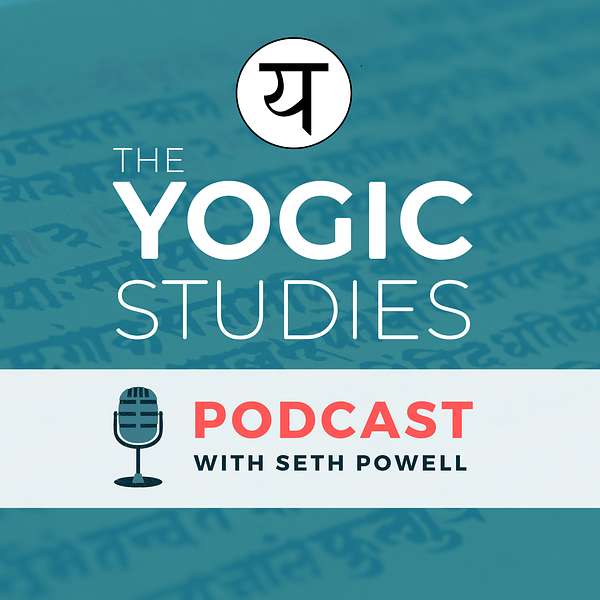
The Yogic Studies Podcast
In-depth explorations into the traditions of Yoga, Sanskrit, Indian Philosophy, and South Asian Religions. Featuring candid conversations and interviews with scholars and educators from around the world. Hosted by Seth Powell.
The Yogic Studies Podcast
17. Stuart Sarbacker | Tracing the Path of Yoga
In this episode, we speak with Dr. Stuart Ray Sarbacker about his newest book Tracing the Path of Yoga: The History and Philosophy of Indian Mind-Body Discipline (2021, SUNY Press). We explore the origins of yoga, what Stuart calls the numinous and cessative dimensions of yoga, early tantric sources for Haṭhayoga, as well as unique yoga teachings from the Purāṇas. We discuss the importance of mantra and sacred sound, varying interpretations of Aṣṭāṅgayoga, and the under-appreciated influences of Buddhism and Jainism throughout yoga's history.
Speaker Bio
Stuart Ray Sarbacker is an Associate Professor of Philosophy and Religion in the School of History, Philosophy, and Religion at Oregon State University. His work is centered on the relationships between the religious and philosophical traditions of Hinduism, Buddhism, and Jainism, especially with respect to the practices of yoga and tantra, including both bodily disciplines and contemplative practices. He also works on issues related to method and theory in the study of religion, with a particular focus on religious experience and its interpretation. He received his Ph.D. from the University of Wisconsin-Madison and has performed institutional study and fieldwork in India, Nepal, and Japan.
He has written three books, including Samādhi: The Numinous and Cessative in Indo-Tibetan Yoga (SUNY Press), The Eight Limbs of Yoga: A Handbook for Living Yoga Philosophy (Farrar, Straus, and Giroux), and the forthcoming Tracing the Path of Yoga: The History and Philosophy of Indian Mind-Body Discipline (SUNY Press).
He is a co-founder and former co-chair of the American Academy of Religion’s Yoga in Theory and Practice unit, and has also served as the co-chair of the American Academy of Religion’s Mysticism section. In addition to his academic credentials, Professor Sarbacker is an active yoga practitioner and teacher, having trained extensively in contemporary yoga and meditation traditions in India and the United States.
Links